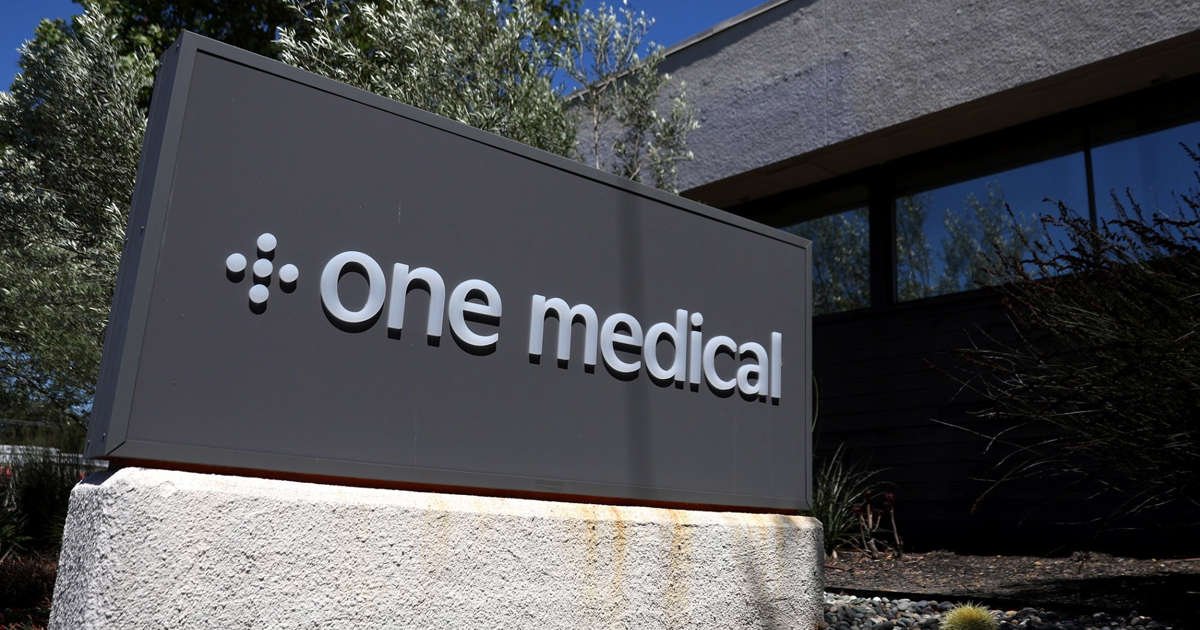While buying my favorite fish at Whole Foods recently, I had an interesting conversation with their employees. They explained how the company’s dynamics have changed since Amazon acquired Whole Foods in 2017.
According to them, Amazon excels at scaling up services and partnerships, but there is a lack of creativity within each store; for example, a chef could not make his famous fish kebabs with different spices and ingredients anymore.
In other words, if these big tech giants acquire healthcare space, will we also see something similar happen: an increase in the efficiency of care delivery processes for the providers but a decrease in their creative-innovative space, or will things be completely different? Or how will the business innovation market look like for entrepreneurs?
Recently, Amazon acquired One Medical, a bold and potentially smart move by Andy Jassy. While Amazon has the potential to establish a healthcare ecosystem with numerous stakeholders under its belt, it’s important to discuss how this system, if successful, might impact the customers, providers and entrepreneurs.
When Amazon acquired Whole Foods, their employees felt the impact in a subtle way similar to the feeling like in a restricted, locked-in space while experiencing the joy of efficient processes. But, of course, every venture has its pros and cons. Here are some similar subtle potential ways customers, providers and entrepreneurs might either leverage or feel the heat if one of the tech giants acquires the healthcare space.
Potential impact on customers/consumers
Like its retail business, Amazon would potentially operate under one umbrella, so customers can visit their providers for easy access to care, get prescribed medications online for easy access to medications and get all of the health-related retail products required for their care in one place.
In addition, as sophisticated chatbots are already part of Amazon’s retail system, where it can be difficult to differentiate between machines and humans, the chatbots can then be trained and used to assist customers and patients with simpler tasks (for example, ordering medicine via Alexa) in the patient care delivery process to the extent that they might even provide mental health counseling services. Therefore, customers might leverage the luxury of accessing all essential services under one roof.
This could also create a space where entrepreneurs can create innovative third part apps or sell their products that might be more geared toward Amazon Prime users.
Cost of care
Amazon has a substantial global Prime membership market with around 200 million members. It is estimated that even if only one-third of the members join Amazon’s care delivery system, Amazon would be in a better position to bargain and cut down the provider cost for its customers.
While there will be hurdles to achieving this goal, if Amazon succeeds with its One Medical venture, the reduction of cost for healthcare provider services wouldn’t be a big challenge. Imagine paying a Prime healthcare membership fee that covers all your healthcare needs in Amazon’s healthcare system.
Customer data collection bias and the need for strong data security
In this case, we’re talking about customers who can afford the Prime membership of Amazon and shop at Whole Foods (their organic food market with high prices) and One Medical (their service prices are also on the higher side; a below-average person cannot afford it).
This indicates that Amazon’s customers are all above-average earning individuals who would benefit from its healthcare system. The customer data will definitely be skewed, and the studies that come out of this type of care delivery system will be for a certain type of population.
You might be wondering what will become of customers who cannot afford Prime membership or cannot afford to buy products at Whole Foods, or customers who cannot be part of the One Medical services centers. This data bias is important to keep in mind for entrepreneurs/companies that are focused on big data collection, cleaning big data or big data analytics services.
In this situation, a viable solution for a data-driven company like Amazon established by Jeff Bezos would be to either acquire another telehealth company that deals with Medicaid patients, or provide special coupons, perks, discounts and/or services to include the underserved population.
Now speaking of customer data, there is the involvement of third-party vendors; thus, Amazon would need to create a more solid and secure data security center to avoid any cyber threats or data compromise.
Potential impact on providers
Providers are generally happy if they have some extra time at their expense and they are able to focus on their patients instead of doing administrative work. There is potential for Amazon’s care delivery system to create a hybrid care type of telehealth model, and thus, eventually, lead to a decrease in provider burnout by allowing some extra free time to the providers. This could be another area for entrepreneurs to innovate, create and develop telehealth services designed for Amazon Prime members/users or partner with Amazon to develop such customized services for the big tech giants.
The rich consumer data that Amazon will generate will allow more evidence-based trials and more efficient processes, giving more potential for evidence-based decision-making in the medical field for providers. However, this may be restricted to certain types of patient care, like primary care, and thus dealing with chronic disease management rather than specialty medicine in healthcare.
As a result of implementing AI-powered automated triaging services and admin tasks, healthcare providers will have more time to spend with their patients, providing them with more quality time and eventually leading to better patient outcomes and more innovative business ideas to provide quality care, a goal that every stakeholder and entrepreneur in healthcare wants to achieve.


